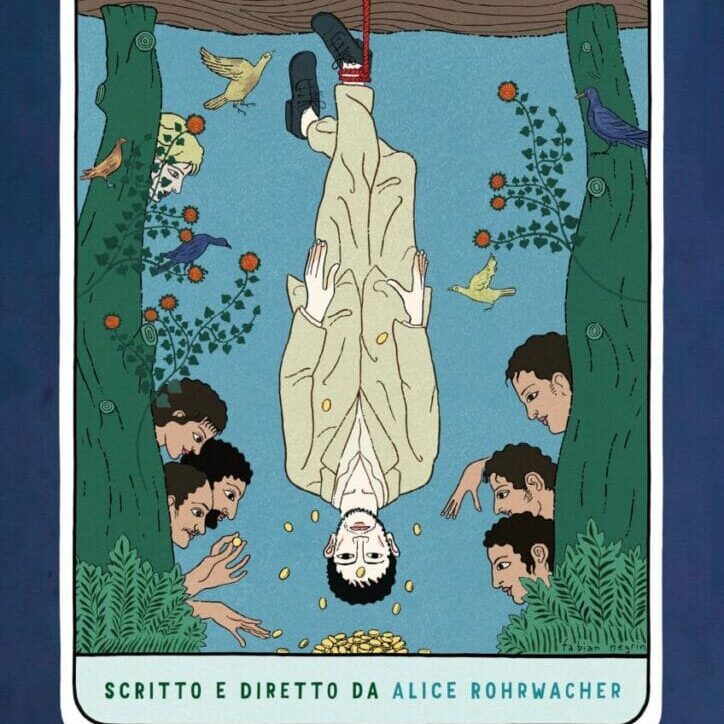
Country: Italy, France, Switzerland
Language: Italian
Director: Alice Rohrwacher
This article contains spoilers.
Perhaps the most carefully threaded story in this year’s programme, La Chimera borrows from different mythologies to create a visually splendid film. Standing at just over two hours, the film takes the audience through the spectrum of human emotions, making the audience reflect on their own lives.
The story takes place in 1980s small town Italy, and the director immerses the audience in this setting with the establishing scenery shot on film. The mixed media aspect this choice brings the film becomes more interesting and engaging.
La Chimera follows a British archeologist, with a somewhat supernatural ability to connect with the earth under him. The audience is guided through carefully curated scenery as he gets involved with tomb raiders, digging up Etruscan artifacts.
At its core La Chimera is a film about survival. It’s about the British archeologist trying to fit in with locals, tomb raiders trying to sustain themselves with black market money and other characters trying to sustain their social standing or fend for their children.
However heavy the subject matter, the film is made lighthearted by the way it’s shot and edited. The film includes episodic and exaggerated shots along with moments where the fourth wall is broken, making the film feel more theatrical than cinematic.
These moments, in theory, should not work with the captivating film shots. However, in contrast these elements working together is what makes the film so special.
The director plays with multiple visual themes including reflections and red threads, all seemingly connected to a myth as well as being united under an overarching theme of love.
La Chimera establishes reflections as a sort of portal to the underworld where the protagonist finds artifacts. Similarly, in ancient Greece, mirrors were believed to be divine portals connecting mortals to other realms and gods.
This is paralleled by the tomb raiders finding a statue of the Etruscan goddess of animals untouched. This is a catalyst moment for the film, which then leads to the climax.
The visual repetition of red threads is also significant to the film. In episodic throwback sequences, the audience sees the, now dead, love interest. In all of these sequences, she’s shown holding a red thread.
Many mythologies contain a story including a thread, namely the red thread in Chinese mythology connecting people to their soulmates, and the myth of Ariadne, Theseus and the Minotaur where escape was made possible by a thread.
In an ode to these, and possibly more, La Chimera uses the red thread as a visualization for the protagonist finding his way back to his true love.
La Chimera concludes its two-hour run with a striking sequence showing the British archeologist going underground to find artifacts, only for the tunnel to collapse on him.
As the protagonist runs out of air, the audience runs out of hope until the director introduces a beam of sunlight. As the protagonist reaches up, the audience is simultaneously transported onto surface level following a 360 degree shot where the love of his life (and not afterlife) awaits.
The film is a visual treat and is guaranteed to raise questions about life, death, desperation and love. Painfully human but ethereally visual, La Chimera is a wonderful film with complex themes with connections from different mythologies to Dante’s Divine Comedy.






